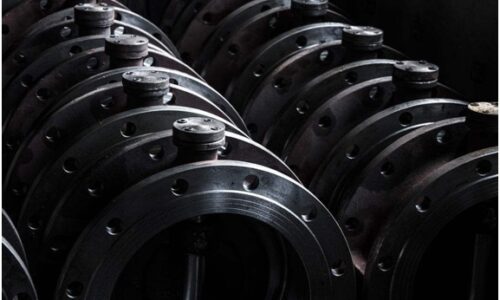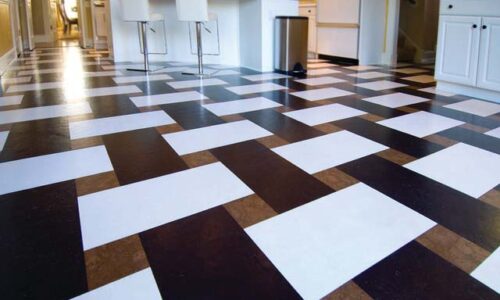
One of the most important steps in making clothing, whether it’s streetwear or Haute couture, is the selection of the fabric. What something is made of is just as crucial as how it looks, because the fabric chosen affects how it drapes, how it clings, and how it feels. Picking the right one for what you’re making is important, because it can determine so much of what comes after.
Of course, not everyone knows how to choose the right fabric for their projects. Whether they’re making their own clothes or going into mass production, having the right choice of fabric is crucial. Otherwise, your design could feel wrong or not hang off a body the way you intended.
The Basics: Knit or Woven?
First, let’s go over the basics. All fabrics are either knit or woven. Woven fabrics don’t have a great deal of stretch unless you include spandex in the mix. They’re made using a loom. Knitted fabric has greater stretchability and is made using a knitting process or machine, such as one from Sintelli. The end result of the production process will vary based on whether you weave the fabric or knit it instead.
For instance, let’s look at a large amount of wool. You decide to choose a rectangular shape for the end product. If you weave it, what you’ll get is a placemat or a rectangular rug. If knitting is your choice, the result is a comfortable wool blanket. Two different products from the same basic material, but all that changed is how you processed it.
Fiber Options
This is before we look into the different fibers that come into play. Silk, wool, and cotton are perhaps the most popular choices among the natural fibers. All of them can be knitted or woven, though it is comparatively rare to hear about knitted silk. For synthetic fibers, you’re looking at various polyester-based ones, along with vinyl and rayon.
Different fibers will give you different properties. In the case of weaving, it might also be a good idea to choose two fibers. Weaving requires two threads, and it’s possible to make a garment that’s composed of two different fibers. Choosing ones with complementary properties can help make them look and feel better.
Important Questions
It can feel a bit overwhelming to decide between the two. There are a few questions that you need to answer beforehand, which will help you in determining what the best choice is. So as you’re wondering what you’re going to do or make, take the time to consider some of these factors.
Durability
Is durability a huge factor for your finished product? A pair of pants for an adult is needed to be durable as they’re likely to see more use and abuse over an extended period. On the other hand, a sleeping outfit for an infant is likely to be rapidly outgrown, so durability is less of a concern. Woven fabrics tend to be more durable, particularly ones made in the bottomweight style.
Breathability
Will breathability be a concern? If the apparel is for athletic activities, then you need a breathable fabric. If you’re looking for something fancy like a little black dress for an evening event, then this is not as big of a concern. Knitted fabrics tend to breathe better, making them a better choice if this is one of your primary requirements.
Stretching and Draping
If you need the pattern to stretch or drape over a body, knitted fabrics are your best choice. Knitting allows for better stretch ability and the fabric can drape and cling to the body with ease. Weaving fabrics don’t allow for this, with far less stretch ability and a structural consistency that makes it less likely to drape.
Fabric Weight
How heavy do you want the fabric to feel? On a related note, how warm should the person wearing it be? Knitted fabrics can be made heavier and warmer than woven ones. While there are lightweight knitted fabric options, woven materials just don’t have the same potential for warmth and weight.
Sewing
Do you need to sew anything onto the garment? Patches, monograms, and other finishing touches might need to be sewn onto the clothing. If this is a requirement, woven fabrics are probably the better choice. The stretch ability of knitting means that is hard to sew anything onto it, as the material just stretches away. If the design requires a lot of things added by sewing on a base pattern, weave, don’t knit.
Age
Finally, there is the matter of age. Knitted fabric is more typical for children’s clothing because they’re more comfortable. On the other hand, using woven fabric becomes more common in clothing associated with adulthood, such as work-related attire.
Conclusion
The right fabric can help make an outfit or design better. The wrong one can make it feel strange or not give it the right “look” you’re after. Knowing how to choose between knitted and woven can be a crucial part of successfully designing and producing a garment.

